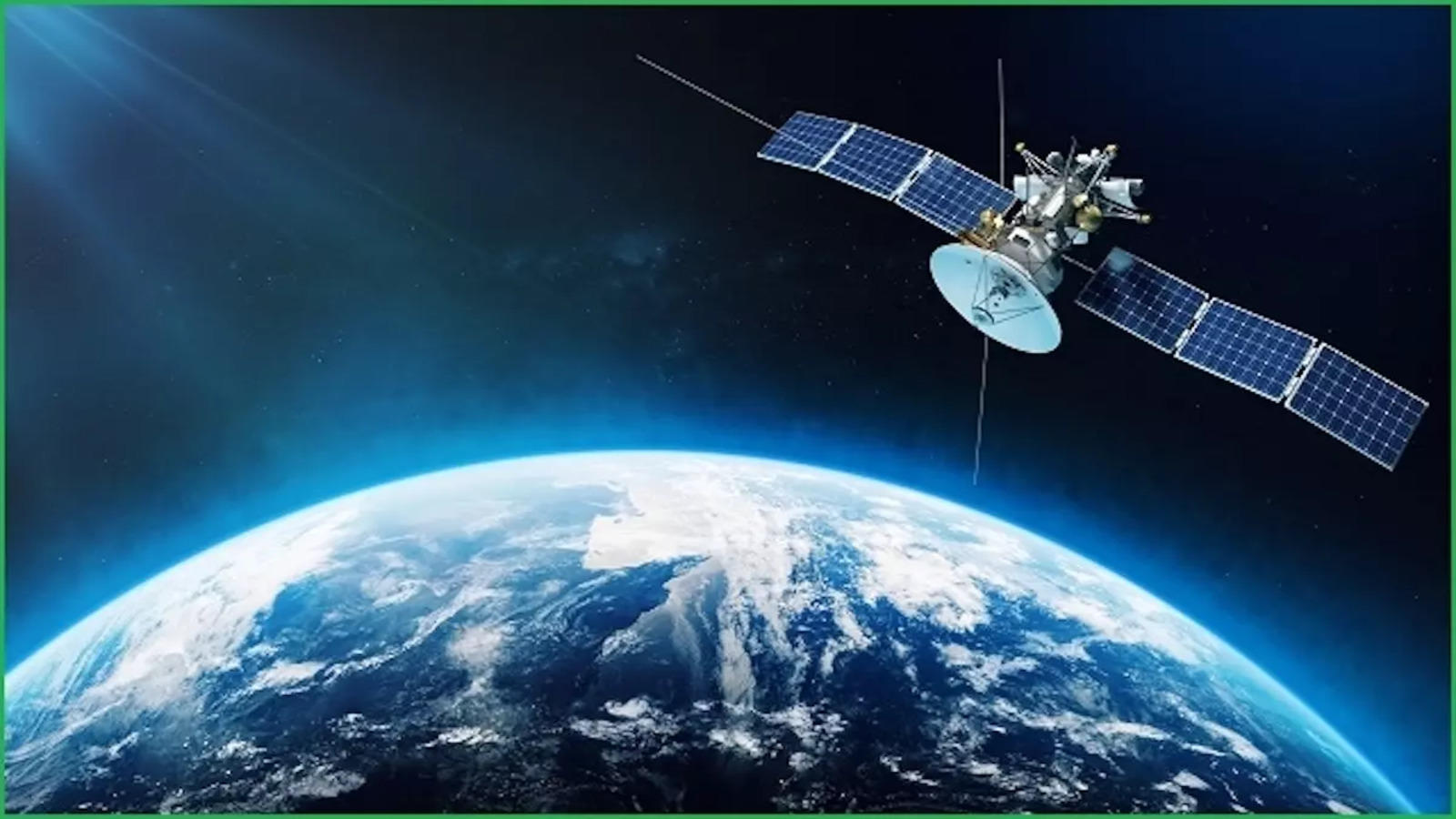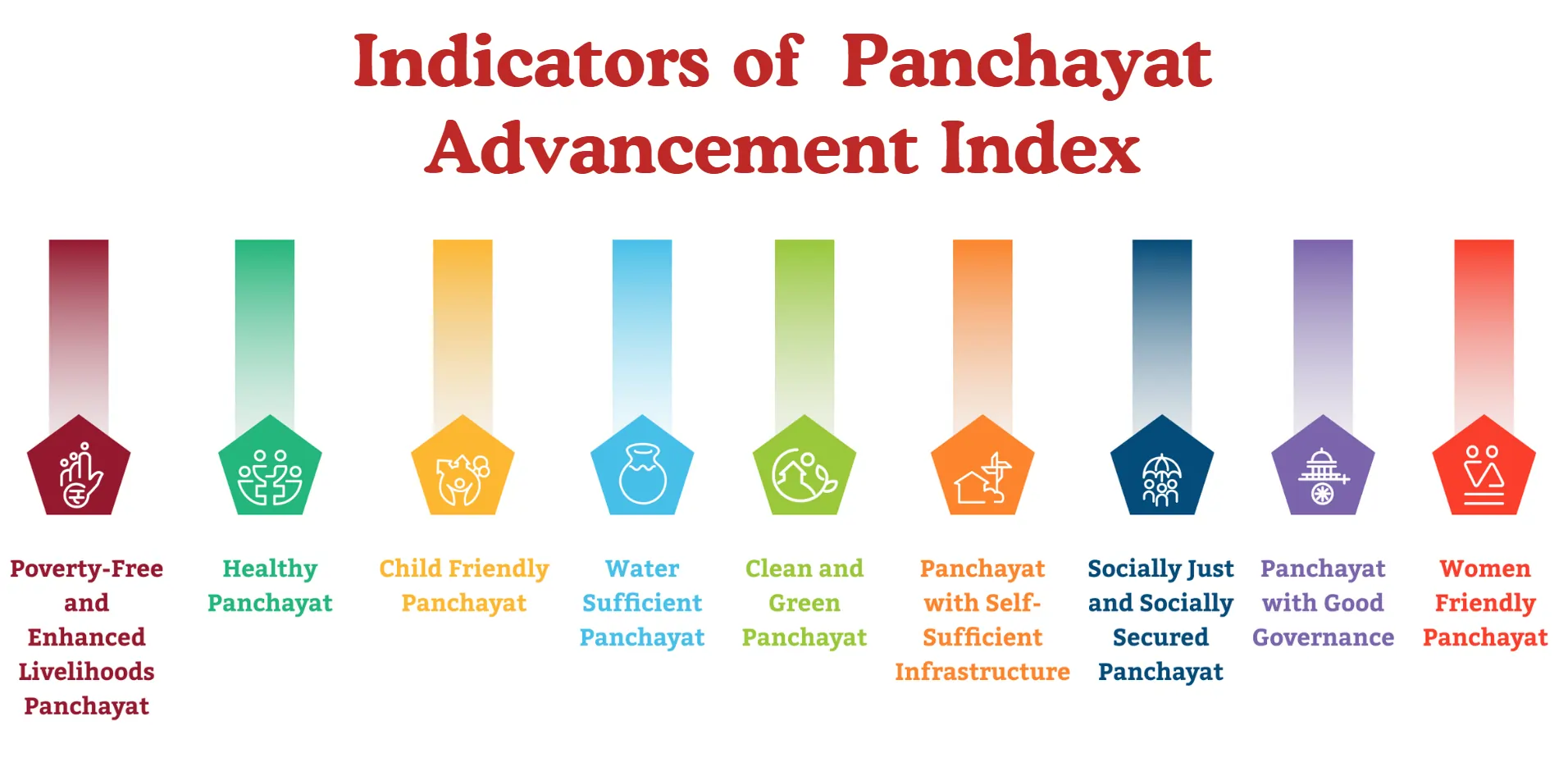- Courses
- GS Full Course 1 Year
- GS Full Course 2 Year
- GS Full Course 3 Year
- GS Full Course Till Selection
- Online Program
- GS Recorded Course
- NCERT (Recorded 500+ Hours)
- Polity Recorded Course
- Geography Recorded Course
- Economy Recorded Course
- AMAC Recorded Course
- Modern India, Post Independence & World History
- Environment Recoded Course
- Governance Recoded Course
- Science & Tech. Recoded Course
- International Relations and Internal Security Recorded Course
- Disaster Management Module Course
- Ethics Recoded Course
- Essay Recoded Course
- Current Affairs Recoded Course
- CSAT
- 5 LAYERED ARJUNA Mentorship
- Public Administration Optional
- ABOUT US
- OUR TOPPERS
- TEST SERIES
- FREE STUDY MATERIAL
- VIDEOS
- CONTACT US
Impact of Space Missions on the Indian Economy
Impact of Space Missions on the Indian Economy

Recent analysis by the Indian Space Research Organisation (ISRO) in collaboration with the European agency Novaspace highlights that India's space missions have delivered an economic return of 2.5 times the investment, translating into billions of dollars in economic benefits.
- The launch of the Earth Observation Satellite (EOS)-08 aboard the Small Satellite Launch Vehicle (SSLV)-D3 marks a continuation of ISRO's impactful space programs.
Benefits to Society and the Economy:
- Employment Generation:
- Directly employs scientists, engineers, and technicians.
- Creates jobs in related sectors such as satellite manufacturing and data analysis.
- Economic Impact:
- Investments in space missions have generated a return of 2.54 times the expenditure.
- The Indian space sector contributed USD 60 billion to the national economy from 2014 to 2024, created 4.7 million jobs, and contributed USD 24 billion in tax revenues.
- Sector-Specific Benefits:
- Agriculture: Earth Observation Satellites like Resourcesat and Cartosat help monitor crop health, soil moisture, and land use, aiding farmers in making informed decisions.
- Disaster Management: Provides crucial data for timely responses to natural disasters and resource management.
- Urban Planning: High-resolution satellite imagery supports urban mapping, traffic management, and infrastructure development.
- Educational and Inspirational Impact:
- Achievements such as Chandrayaan and Mangalyaan inspire students and foster careers in STEM fields.
- Educational initiatives related to space technology boost interest in science and technology.
- International Collaboration and Soft Power:
- Successful launches of over 300 foreign satellites enhance India’s global reputation and promote international partnerships.
Current Position in the Space Sector:
- Market Valuation and Growth:
- The Indian space economy is valued at approximately Rs 6,700 crore (USD 8.4 billion), contributing 2%-3% of the global space economy.
- The sector is expected to grow to USD 13 billion by 2025, with India aiming to capture a 10% share of the global market by 2034.
- Ranking and Competitiveness:
- ISRO is the sixth-largest space agency globally with a high success rate in launch missions.
- India is positioned alongside major space agencies like NASA, CNSA, ESA, JAXA, and Roscosmos.
- Private Sector Involvement:
- The number of private space companies has surged from 54 in 2020 to over 200, reflecting a thriving space startup ecosystem.
Amended FDI Policy for the Space Sector:
- Policy Changes:
- 100% FDI Allowed: Full foreign ownership is now permitted in several areas of the space sector.
- Liberalized Entry Routes: Up to 74% FDI is allowed under the automatic route for satellite manufacturing and operations, while up to 49% is allowed for launch vehicles and spaceports.
Indian Space Policy 2023:
- Key Entities and Objectives:
- ISRO: Focuses on research, innovation, and advanced space technologies.
- IN-SPACe: Authorizes space activities and promotes industry-academia collaboration.
- NewSpace India Limited (NSIL): Commercializes space technologies and platforms.
- Department of Space: Implements the policy and ensures safe space operations.
- Private Sector Participation:
- Private entities are encouraged to engage in end-to-end space activities, including satellite operations and spaceport development.
Recent Major Missions and Developments:
- Successful Missions:
- Aditya L1: Solar mission.
- Chandrayaan 3: Lunar exploration mission.
- Mars Orbiter Mission (Mangalyaan): Mars exploration.
- Advancements in Launch Vehicles:
- GSLV Mark III, SSLV, PSLV: Various launch vehicles supporting different mission requirements.
- Missions for International Clients:
- TeLEOS-2 (2023): Singaporean Earth observation satellite.
- PSLV-C51 (2021): Launched Brazil's Amazonia-1 satellite and 18 smaller satellites.
Strategies to Enhance Space Sector Contribution:
- Skill Development:
- Invest in education and training programs for a skilled workforce.
- Establish space technology incubation centers to nurture talent and foster research.
- Infrastructure Development:
- Upgrade launch facilities and research centers to support ambitious missions.
- Develop facilities like the Virtual Launch Control Center (VLCC) at the Vikram Sarabhai Space Centre.
- Government-Industry Collaboration:
- Strengthen partnerships between government and private sectors to drive innovation and expand capabilities.
- Promotion of Indigenous Technologies:
- Encourage development of homegrown technologies to enhance self-reliance and reduce dependence on external sources.
Conclusion:
India's space sector has proven to be a significant driver of economic growth, technological advancement, and international prestige. The impressive returns on investment, job creation, and socio-economic benefits underscore the sector's vital role in India's development strategy. With the Indian Space Policy 2023 paving the way for increased private sector involvement and recent policy amendments enhancing foreign direct investment, the space sector is well-positioned to expand its contribution to the global economy. By continuing to foster innovation, invest in infrastructure, and promote indigenous technologies, India can further solidify its position as a leading player in the global space arena, aiming for a substantial share of the burgeoning space economy in the coming decade.




